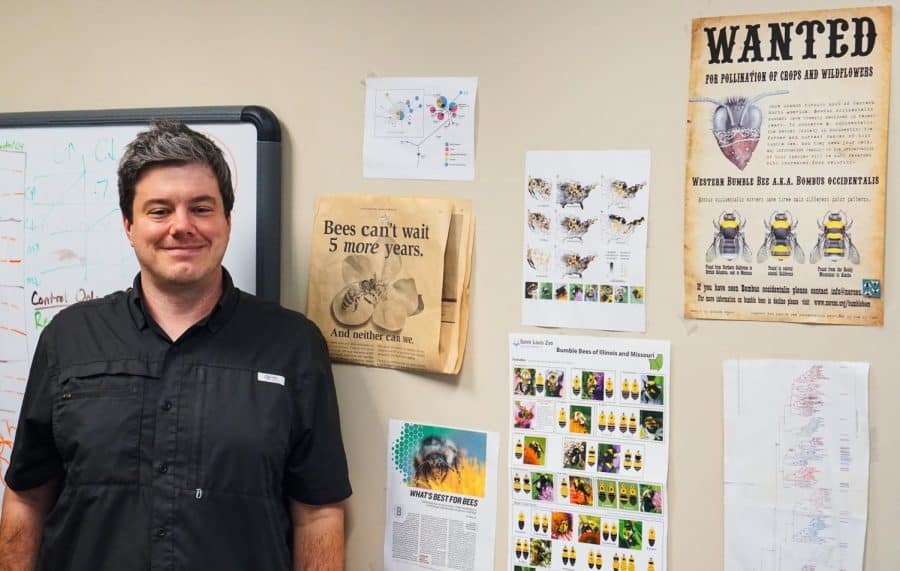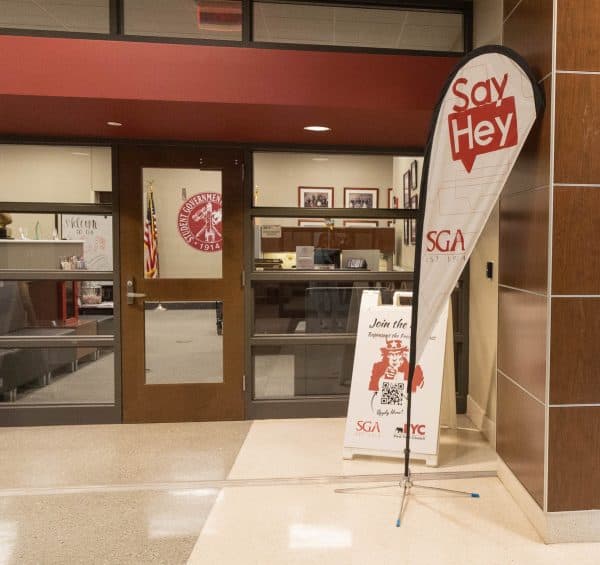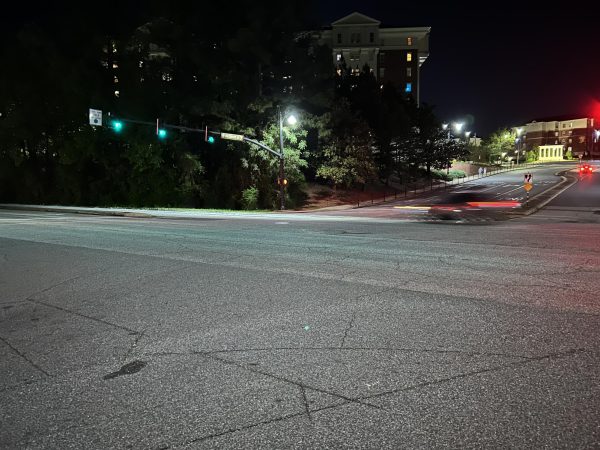The bees’ needs: Insect aficionados muse about consistent climate, native nectar
More stories from Alex Jones
For the last several years, declining bee populations have been central to conversations about shifts in global temperatures and waning coastlines. At the University, a professor and a new student group are bringing those conversations to the forefront.
Jeff Lozier, an associate professor at the University, has been studying bees for about a decade. Lozier works in the field of population genetics, studying population size, migration between regions and the origins of new species, and now uses population genetics to research the decline in bee populations. His research entails studying how climate influences the ecological and evolutionary adaptations of bees.
In other words, he’s asking, “How are bee populations affected by global warming?”
After years of research, the issue, he found, is not that bees cannot survive the heat of global warming. If that were the case, bees would simply migrate to cooler environments.
“Bumblebees have a number of characteristics which allow them to tolerate the cold, which has been important in driving their evolution,” Lozier said. “They have a little fur coat, they are very hairy. They are large bodied, meaning they can retain heat much more effectively. They, unlike most insects, can use their flight muscles to ‘shiver’ to generate heat.”
Lozier said people expect that, with respect to conversations surrounding climate change, it is the warm temperatures that kill organisms, but he pointed out that they also have “cold limits.” Regarding temperature extremes, the coldest temperatures may not be rising as quickly as the hottest temperatures, leading to a wider range of temperatures. Because of this range, the upper extreme of a bee’s environment may become too hot, but the lower extreme of a cooler environment may be too cold, preventing the bee from simply migrating to the cooler environment. Lozier said an environment with an ideal average temperature for a certain species of bees may experience drastic fluctuation, making it uninhabitable.
“If the cold temperatures don’t shift as quickly as the warm side of the temperatures, bees may find themselves up against the wall,” Lozier said.
Despite this threat, Lozier said, bee populations do not appear to be shrinking drastically.
“The bees are variably declining. Some species are not doing well, some species are,” he said.
Although It is difficult to quantify the number of wild bees, most species of bees are faring fairly well by researchers’ best estimates, Lozier said. This is because bees “have very large geographic ranges,” and a bee population’s geographic range is the area over which the population is spread out.
Some bee populations’ geographic ranges can cover vast swaths of the country. In the United States, the bees in the southern portions of these geographic ranges are moving northward to escape the heat. Conversely, the bees in the northern portions are staying where they are because the temperatures are too cold further north. Rather than dying off, the bees are “contracting,” Lozier said. They are simply converging on those areas where the minimum and maximum temperatures are livable for them.
In some places, however, there is a downward trend for bee populations, but this issue is not specific to bees, Lozier said. Many organisms are experiencing declining populations due to the destruction of their habitats and food sources by humans.
Trey Sullivan, a senior majoring in international relations and a beekeeping enthusiast, said this can be seen even on the University’s campus.
“[The bees] bring in all these amazing flowers and hedges,” Sullivan said. “But, they are not native pollinators.”
Sullivan said plants that are not beneficial to bee populations are being imported, and these imports are replacing bees’ food sources.
“If we were more mindful about what we plant, that would make a huge difference in our local area in sustaining bee populations,” Sullivan said.
Harris Bolus, a senior majoring in TK and the president of the beekeeping club, is taking steps to combat this at the University. Bolus’s goal to get the campus certified as bee friendly.
As a club, Bolus said, “We plant native wildflowers because there are all these specific relationships between native bee species and native plants that can be really unique.”
The fear among students such as Sullivan and Bolus is that, while bees may not be decimated by global warming, the bees that are not forced to migrate due to climate change will be driven away or killed by a lack of food. On campus, that threat is present.
“One species may just need one particular type of flower,” he said. “If the only plants used to landscape campus are not native to this area, bees will not survive on campus.”
To learn more about the UA Bee Club, contact [email protected].











